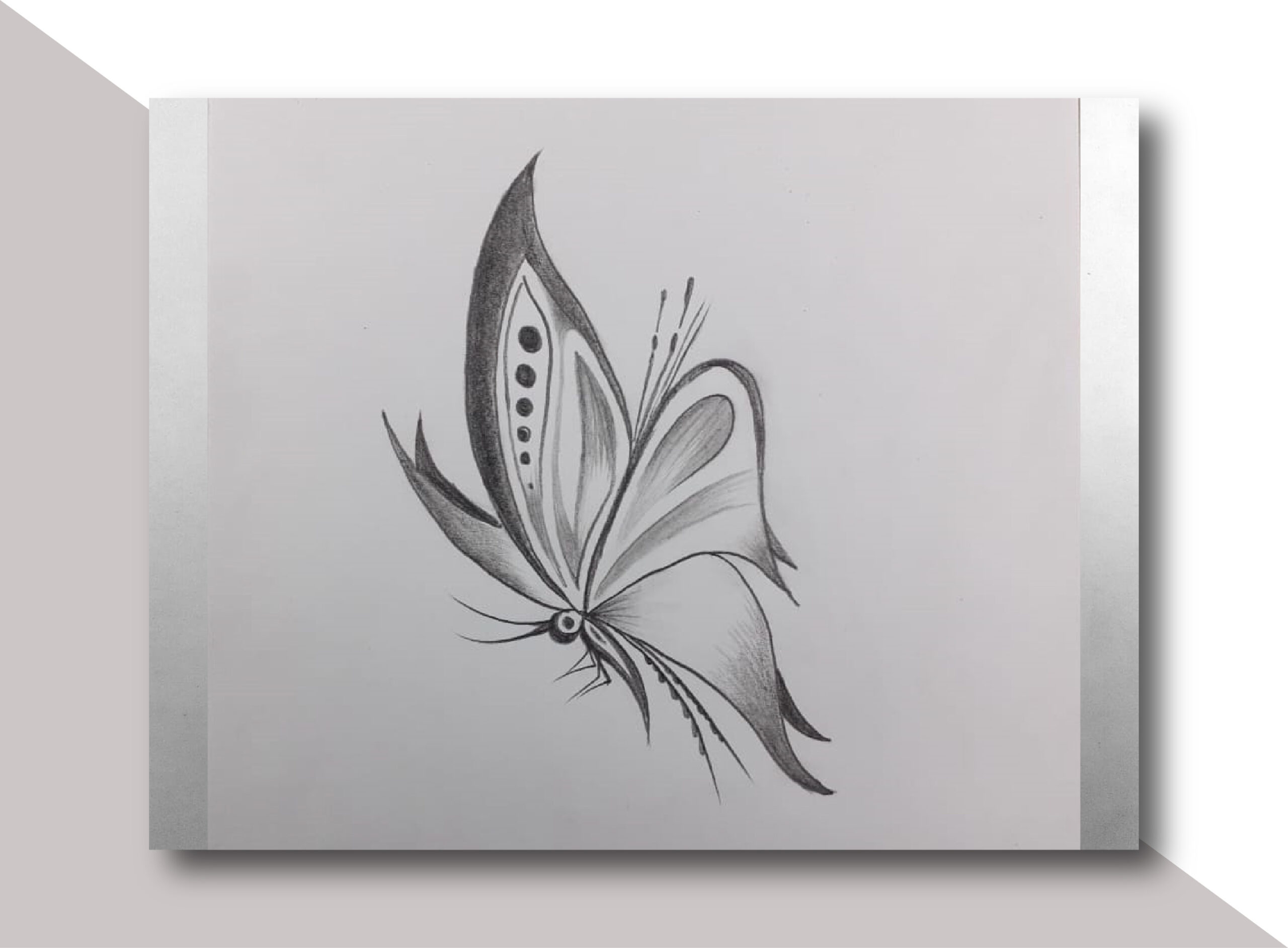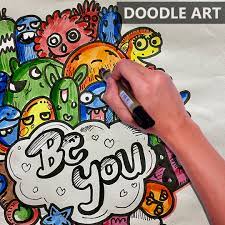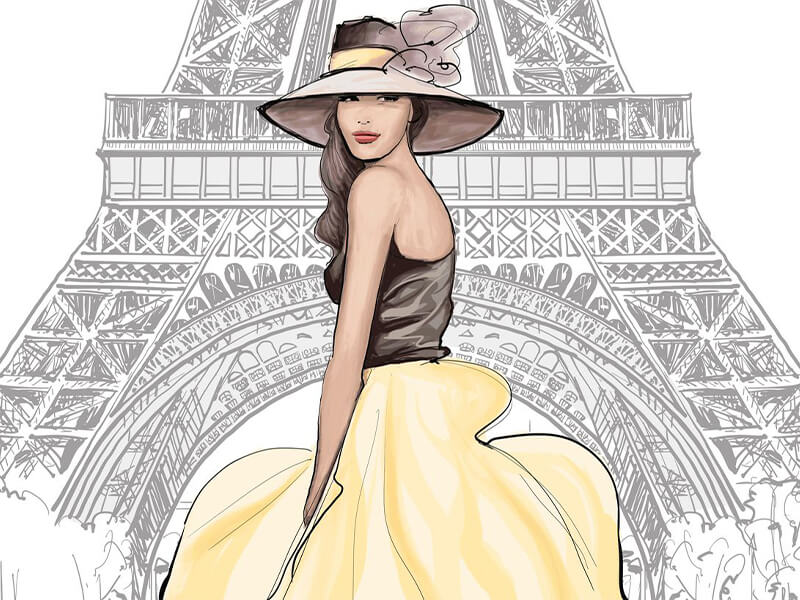Drawing and Illustration: Are They Same or Are They Poles apart?
01/02/2024 2024-07-03 23:02Drawing and Illustration: Are They Same or Are They Poles apart?
Source: Rongrong Devoe and Dribbble
Drawing and Illustration are two different variants of Art Forms. A common misconception is being removed right here!
Drawing and Illustration are the two forms of art that have many similarities but they are quite different as well. Art takes many forms, and two often-confused branches are drawing and illustration. While both involve creating visual imagery, their purposes and approaches differ significantly. Think of them as pen pals who share some interests but ultimately have distinct personalities. Because oral communication has some flaws, the best way to communicate with the world outside of our tribe is through visual messaging. As we all know, a picture is worth a thousand words. That’s why we will discuss two forms of visual communication in this text – illustration and drawing, their similarities and differences. Now let’s dive deeper into illustration vs. drawing articles so that you can find out all the details about the two.
Drawing: An Exploration of Self
Drawing is a direct realization of visual ideas. It can be an explanation of a subject, feeling, or emotion, or it can even be something entirely abstract. It is a type of art that emphasizes form and shape. It is different from painting as it does not focus on mass and color. Throughout history, the meaning of drawing changed. Some used the term black and white art, made with lines, and created using various dry tools, such as pencils, graphite, and charcoal. Like all things across history, dawing evolved. Artists started using various dry-colored art materials to make their work more vibrant. Not just artists, have you seen your child with a crayon?

Source: WordPress.com
Historically, drawing was considered a foundation of the art doctrine. Before paper became easily accessible to artists, they used wooden tablets as their drawing medium. After the widespread use of paper, it started to grow in visual arts.
Categories Of Drawing
There are three significant classifications of drawing:
• Casual Drawing – Sketching and doodling fall under this category. This type is incomplete and has an unassigned function. The observer can assign the desired meaning because of its complex, unfinished, abstract form.
• Preparatory Drawing – It’s a more refined form than causal drawing, and it’s usually used as a draft for the final artwork.
• Finished Drawing – A completely independent form is called finished drawing. Cartoons and caricatures belong to this class. This style is frequently confused with an illustration.

Source- Ankona. in
Illustration: Communication Through Imagery
Now, picture a storyteller crafting images to enhance a narrative. That’s the world of illustration – a visual language that informs, clarifies, and engages viewers. Imagine children’s book illustrations, infographics, or editorial cartoons in newspapers. The goal is to communicate a specific message or concept, often in collaboration with writers, designers, or clients. The lines of who is considered an illustrator are blurry because a vast range of visuals falls under the umbrella of the terminology. Illustrators don’t rely only on dawing, which is still a significant component of this art class.

Source: ProGlobalBuisnessSolutions
Yet, they also utilize digital photography, stencils, and collage to create their finished works. As you can see, illustrators work across various industries and use a spectrum of mixed media. They are like the discipline itself torn between art and graphic design. Illustration serves a clear purpose, whether it’s explaining a scientific concept, making a product relatable, adding humor to a news article, or expressing your garment design on a piece of paper. Success hinges on effectively conveying the intended message and engaging the viewer.
So are Drawing and Illustrations rivals?
Well No!
They’re complementary art forms, each enriching the other. Drawing provides the freedom to explore and hone technical skills, while illustration applies those skills to communicate specific ideas. Remember, the next time you see a captivating sketch or a thought-provoking illustration, appreciate the unique artistry behind each. They might be pen pals, but they both play essential roles in the grand narrative of visual communication.
Are you passionate about illustration and looking for the perfect place to hone your skills and launch your career? Look no further than the JD Institute of Design! If you are serious about learning the art of illustration, the JD Institute of Design is the place for you. Contact us today by clicking on the link www.jdinstitute.edu.in to learn more about our programs and how we can help you achieve your dreams.













